-
Welcome to rpgcodex.net, a site dedicated to discussing computer based role-playing games in a free and open fashion. We're less strict than other forums, but please refer to the rules.
"This message is awaiting moderator approval": All new users must pass through our moderation queue before they will be able to post normally. Until your account has "passed" your posts will only be visible to yourself (and moderators) until they are approved. Give us a week to get around to approving / deleting / ignoring your mundane opinion on crap before hassling us about it. Once you have passed the moderation period (think of it as a test), you will be able to post normally, just like all the other retards.
You are using an out of date browser. It may not display this or other websites correctly.
You should upgrade or use an alternative browser.
You should upgrade or use an alternative browser.
Fae Tactics - SRPG by creator of Valdis Story
- Thread starter Siveon
- Start date
-
- Tags
- in-development indie srpg
Lyre Mors
Arcane
- Joined
- Nov 8, 2007
- Messages
- 5,428
Game looks more and more interesting every time I check in on it. Hopefully it'll deliver with some nice challenging and varied gameplay. The game is really beautiful.
Has anyone ever tried Valdis Story? Looks like it could be a pretty good metroidvania, but I've never really seen anyone talking about it before. Is it good or does it have some major problems that hold it back?
Has anyone ever tried Valdis Story? Looks like it could be a pretty good metroidvania, but I've never really seen anyone talking about it before. Is it good or does it have some major problems that hold it back?
Farewell into the night
Guest
When this is comming out?
Game looks more and more interesting every time I check in on it. Hopefully it'll deliver with some nice challenging and varied gameplay. The game is really beautiful.
Has anyone ever tried Valdis Story? Looks like it could be a pretty good metroidvania, but I've never really seen anyone talking about it before. Is it good or does it have some major problems that hold it back?
I really liked Valdis story very nice combat and exploration. Definitely recommended.
CryptRat
Arcane

- Joined
- Sep 10, 2014
- Messages
- 3,625
Interview : http://gamasutra.com/view/news/3384...cessible_less_intimidating_in_Fae_Tactics.php
Making the tactics genre more accessible, less intimidating, in Fae Tactics
March 12, 2019 | By Aron Garst
The tactical strategy genre is sacred ground. Plenty of developers have tried their hand at the genre but few can get out of the shadow of fabled franchises like Fire Emblem, Advance Wars, and Final Fantasy Tactics. It’s a wonder that we’ve seen Wargroove and Into the Breach in the last two years -- two incredible games with nods to tactics games of the past, but with their own unique flavor.
Those classic franchises are so hard to overcome for two reasons: the first is that rose-tinted glasses prevent a lot of fans from remembering the issues those games had, and second is that those issues are difficult for designers to overcome.
Fae Tactics, a grid-based strategy game by Endlessfluff Games duo Carolina Moya and Kyron Ramsey, is trying to buck this trend by combining the best elements from the Japanese games that inspired them. Their intention is to mesh features from Final Fantasy Tactics, Fire Emblem, and Advance Wars while addressing their issues as well.
“Everything in the strategy format has pros and cons in how it’s presented. One of the main ways we wanted to approach the genre was through menu-less, seamless gameplay.” Ramsey said. “When you play Final Fantasy Tactics the combat animations are satisfying but not too long. The ones in Fire Emblem take so long that you end up turning them off.”

“Fire Emblem is very simple though, all the info is conveyed by the units type and where they are on the map,” he added. “But in Tactics you have to scroll through a series of menus to get all that info. Our approach is a combination of both.”
That mentality is at the core of Fae Tactics-- creating a Final Fantasy Tactics-like experience without the menu surfing or the lengthy Fire Emblem-esque battle sequences. It’s something Kryon and Moya believe is the strongest part of Fae Tactics, as it helps the entire game be smoother and more approachable. Everything from the uniquely-designed character models and animations to the deep combat is all clear from a glance.
“[Interactions] are all within a few clicks,” Moya said. “It’s very easy to get into.”
In order for the menu-free system to work, Ramsey and Moya needed to create a way for players to easily digest all the required info without cutting to any other screens. Status ailments and buffs, character and attack types, height and environmental effects all had to be discernible without causing confusion.
“Figuring out how to display certain bits of information was challenging at the beginning,” Moya said. “At first we had a little ticker go by on the bottom of the screen, like you see on CNN, that taught people how to do certain things. We eventually changed that to small icons near the characters profile image.”
While icons can be useful, too many of them can clog up a screen, turning it into a cluttered mess. Instead, Ramsey and Moya created environments and characters with a wide set of animations and detail so their actions and appearances convey enough information on their own. Environments are three-dimensional, with varying types of terrain and elevation that units visibly interact with. Character designs clearly depict a unit's type and abilities.
It’s clear when a unit is standing in water, when they’re at a height disadvantage, or when they are about to turn invisible. The issue came when trying to display all the intricacies of combat easily as well.
“The part of the menuless system is that all your commands are context-based,” Ramsey said. “It’s like the positioning in Final Fantasy Tactics. A sword wielder with the high ground isn’t intimidating, it’s intimidating if he has a bow. The main challenge was having a player remember the all that context when it gets more complicated.”

Ramsey and Moya did a few things to make Fae Tactics' complexities easier to digest and retain. There is a mixture of both leader units, similar to Wargroove’s main characters, and summon units, and Pokemon-like units that are more akin to the disposable troops you find in Advance Wars.
“Summon units originated from a deck-building concept,” Ramsey said. “We started out with the idea that you’d build your team with a deck of cards, but after a bunch of testing we realized there was too much randomness tied to that.”
While there is a variety of unit types, Fae Tactics limits a team to only six for each battle with three leader units and three summoned units. Summoned units, like every other element of the game, are collected during battle for use in the next mission.
“One part of limiting [the number of units per team] is that the choice of units you bring is a lot more meaningful. If you had the ability to bring more than you could build a superteam that’d could deal with anything. The way this works is you can see what’s on the field and adjust accordingly.”
Although Fae Tactics has more than 40 unique units, multiple main characters, eight different elemental types, and other combat mechanics, Moya and Ramsey took steps to make each one distinguishable on the battlefield.
“Every unit is the same base model instead of having classes, although every unit is different,” Ramsey said. “Each summoning unit has a completely unique model with its appearance and attack animations. Our player units are especially unique, since they are things like a young dog, a girl, and a bird.”
“It’s more approachable,” Moya added. “It’s not like having a soldier, cleric, or wizard.”
Many of these choices were made with the menu-free gameplay in mind, and Ramsey and Moya wanted deep gameplay that wasn’t intimidating. Although the game doesn’t come out until later in 2019, the systems they’ve built already make tactical strategy easier to understand. For example, only one status ailment can be used at a time -- so adding a buff to one of your units will automatically remove a poison effect.
“There is a trade off for everything,” Ramsey said, "but we’ve put enough effort in to make the consequences of those tradeoffs less drastic.”
Fae Tactics has striking visual design, which makes sense, as Ramsey and Moya are visual artists. Designing beautiful cutaway animations and other elements can be a real joy -- but they’re not useful to the game without proper implementation. “We’re artists first, we came into game design as artists,” Moya said. “We love artwork and animations -- but we’re always focused on gameplay first. We want to get to the action first before we get to the flair.”
e-mailio estevez
Arcane
- Joined
- Dec 19, 2012
- Messages
- 1,795
I can't wait for this.... wow
- Joined
- Apr 9, 2015
- Messages
- 664

no you're the first onehas anyone called it gae tactics yet
CryptRat
Arcane

- Joined
- Sep 10, 2014
- Messages
- 3,625
Some cool stuff :
Source : https://forums.tigsource.com/index.php?topic=24094.msg1403882#msg1403882Good News: Environmental traps work!
Bad News: You're standing in front of one.
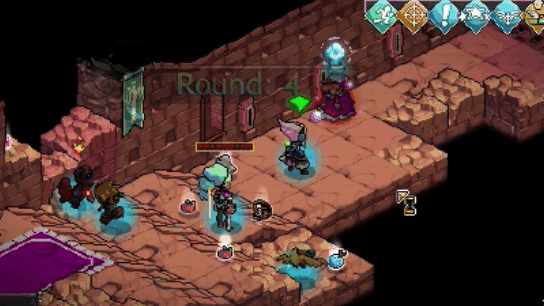
CryptRat
Arcane

- Joined
- Sep 10, 2014
- Messages
- 3,625
Ketchup!
One day there were three tomatoes walking down the street, a mama tomato, a daddy tomato and a baby tomato. Baby tomato is walking too slowly, so the daddy tomato goes back, steps on him and says ‘ketchup!’
We we were pretty active on social media in the month of March so here’s a bit of ‘Ketchup‘.
These updates were done on Twitter and Facebook. Sidenote: I have a twitch, where I ‘ll be play testing and doing some art.
- We updated an in game illustration of Peony summoning her units.
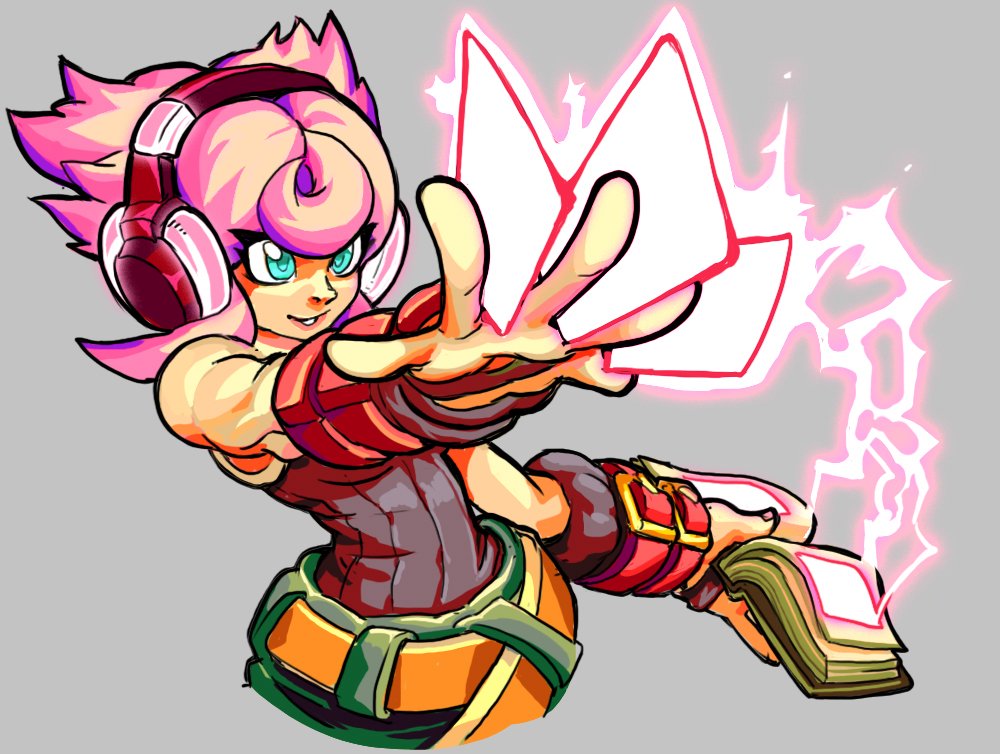
- New concepts were painted- Here are 3 tile sets concepts. The first one has also already been sprited and new levels have been made from it.
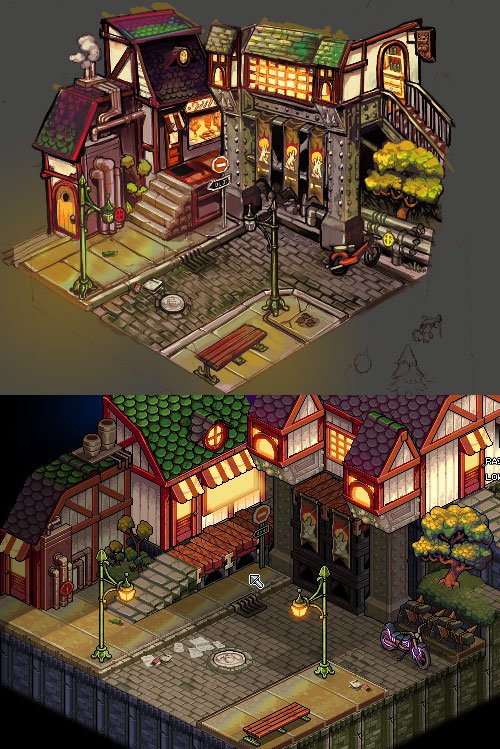
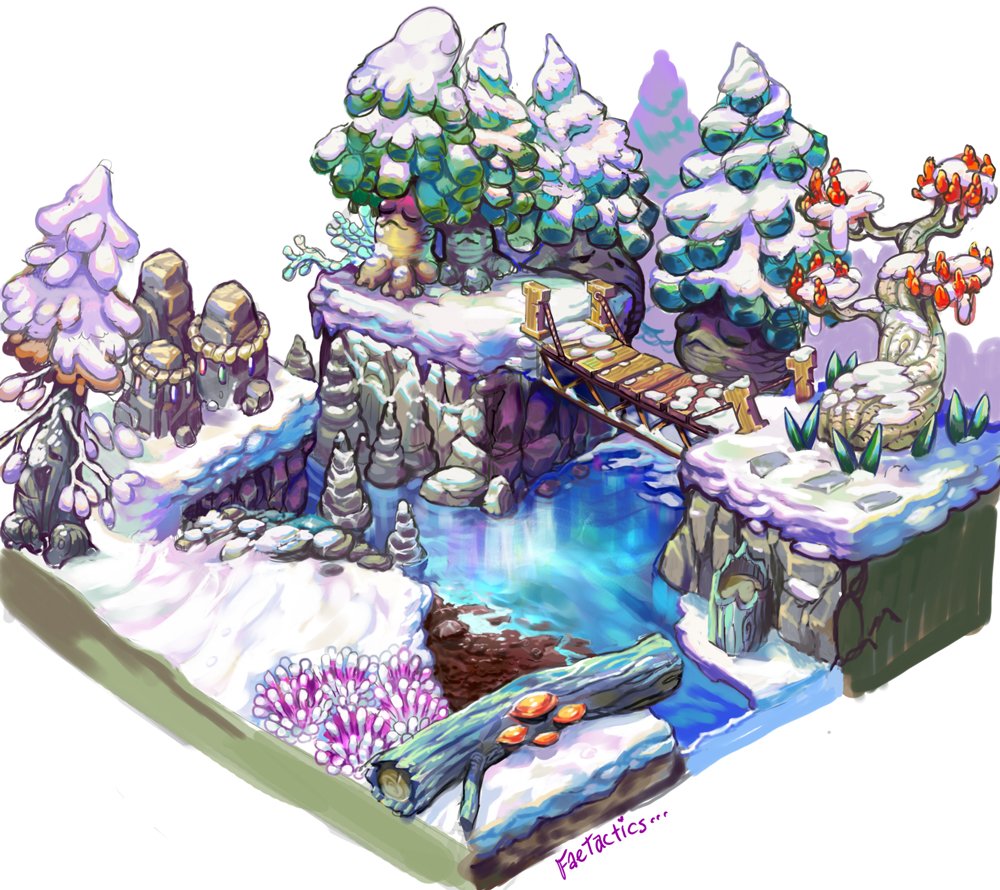
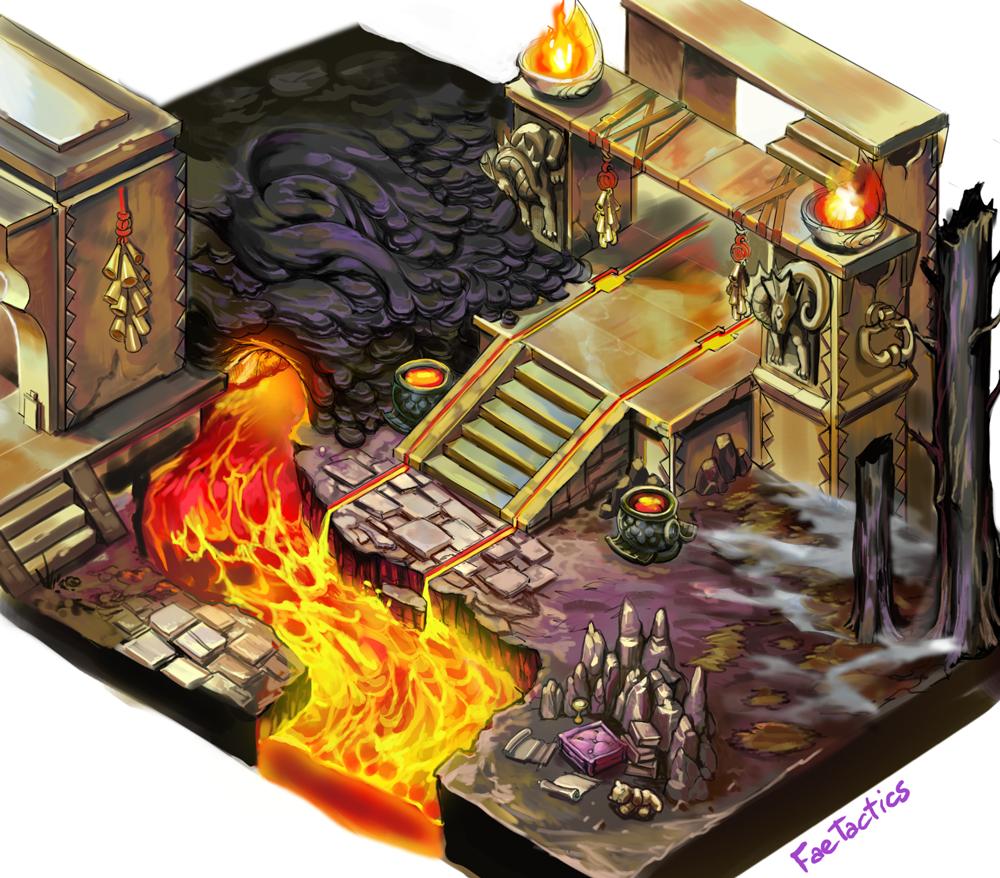
- New Concept for one of our Characters, Erisolde!
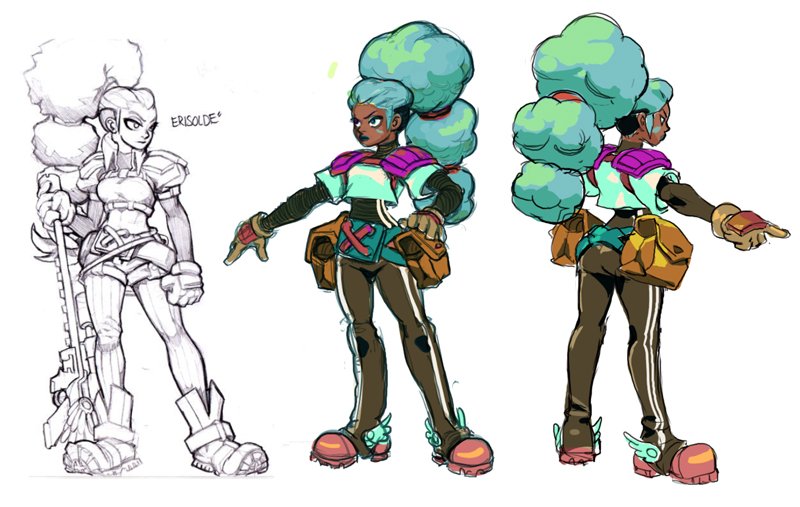
- She’s also 100% animated and implemented. She’s not the only one. A lot of new enemies and npcs were also put in.

Peony, Piyachin, Chico, Erisolde, Orowantus, Pichon
- Here are some recent gameplay gifs.


So here’s the burning question… When is it going to come out? We originally said Early 2019. We are passed the Early 2019 already… You know what the devs like to say ‘ It’s done when it’s done!’. We have not slowed down or taken any breaks and can’t really afford to until we finish. Sorry we don’t have a solid answer but you will play this year. Most likely we will be able to inform of a release date within at least a month or two of releasing. The best way to keep track is to….
Add it to your Steam wishlist for updates on release-
Thanks for the support- Also if you have any questions, feel free to ask!
Cheers,
Caro
CryptRat
Arcane

- Joined
- Sep 10, 2014
- Messages
- 3,625
10 tunes from the soundtrack : https://www.youtube.com/playlist?list=PLDXAeJWmJbx7Ldy8OapW7ikkrKRUN_l3B
















